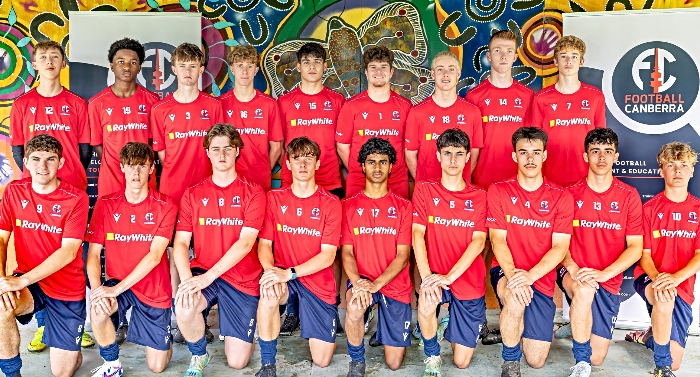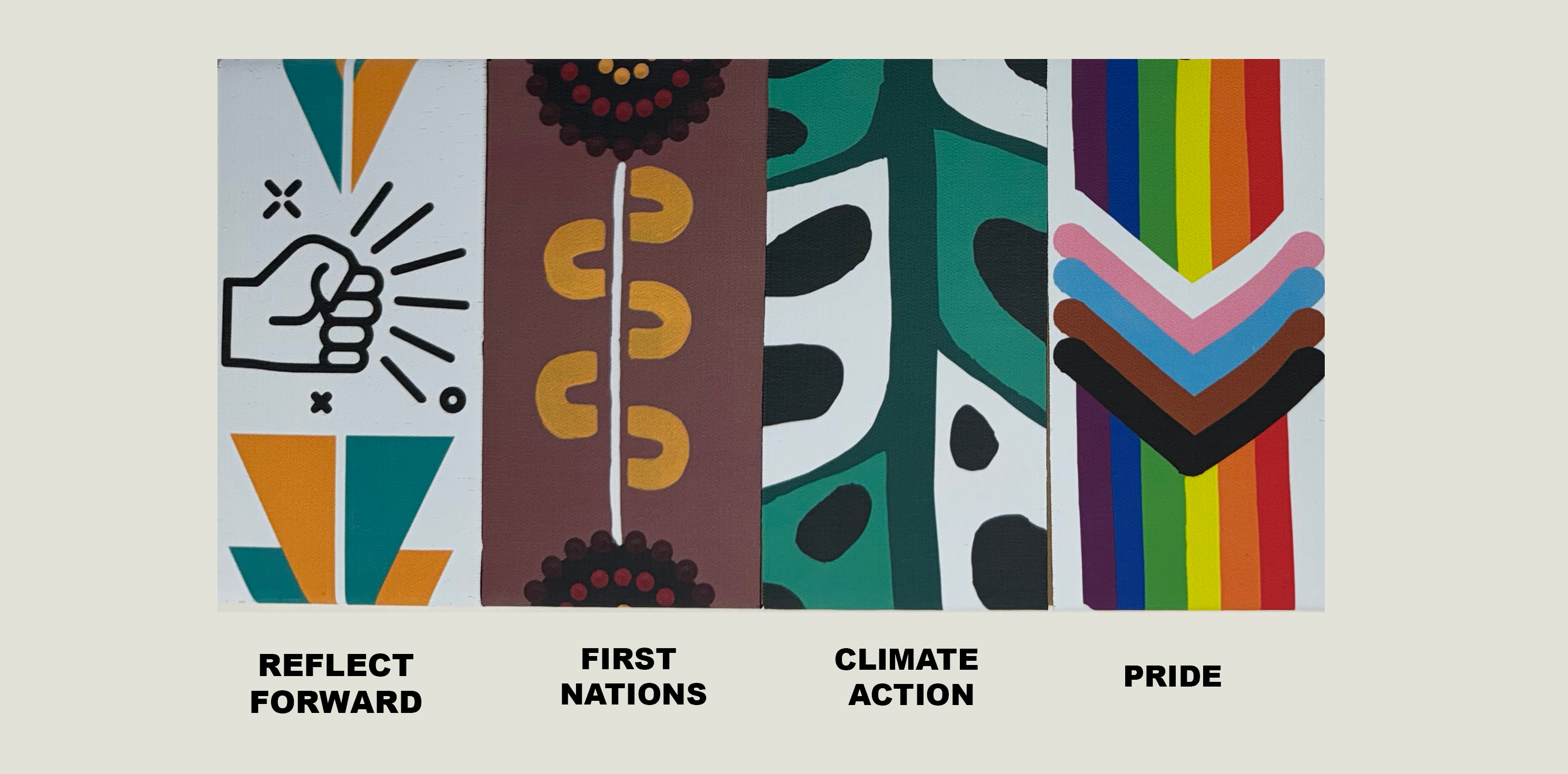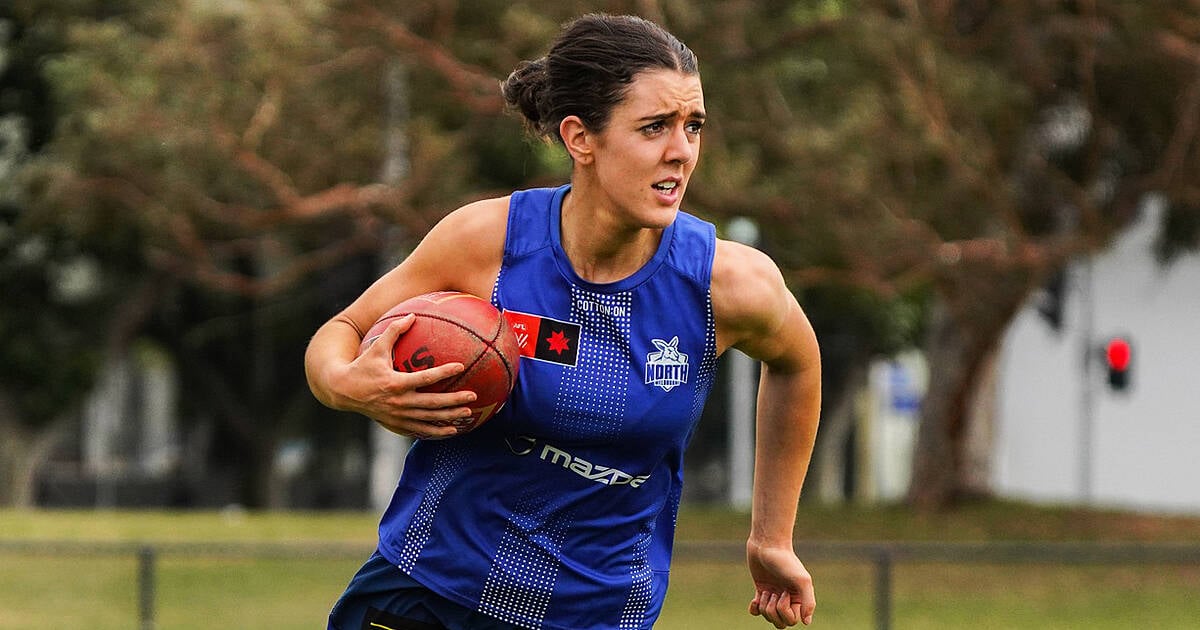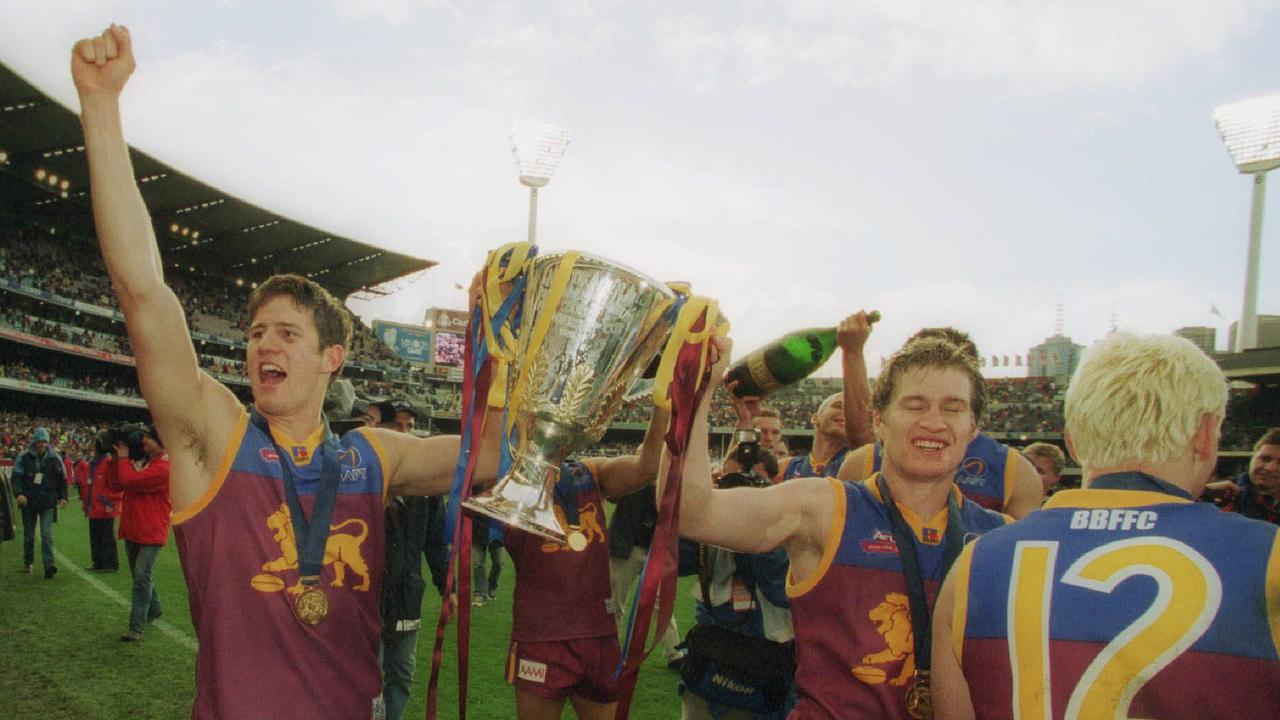Stocks on Saturday: Keep the talent flow running

- by Admin
- May 24, 2024

The power of Lance “Buddy” Franklin, the speed of Peter Matera, the sheer athleticism and leap of Stephen Michael.
Three First Nations men of overlapping eras who personified some of the reasons Australian football is so captivating. The embodiment of brilliance; Remarkable players who ensured fans could ill afford to look away when the ball was in their vicinity.
There have been countless others as well. Nicky Winmar, Jim and Phil Krakouer, Chris Lewis, Jeff Farmer, David Wirrpanda. And the greatest of them all – Graham “Polly” Farmer.
In the last fortnight the game has celebrated the contribution of Indigenous Australians to our game. Our football club has been blessed to see the likes of the Matera brothers, Lewis, Wirrpanda, Lewis Jetta, Ashley Sampi, Liam Ryan and Tim Kelly captivate us and as a mark of respect to all First Nations players who have pulled on the blue and gold has adopted the name Waalitj Marawar (Eagles of the West) in the last two weeks.
Through the 160-year history of Australian football the skills of Indigenous players have mesmerised sports fans. They have dragged spectators through the gates.
Western Australia has been a particularly fertile ground in providing the opportunity for these supremely gifted players to express themselves. And regional towns in this vast State have been at the hub.
The Matera brothers ran amok on Wagin Oval, the Krakouer brothers spent countless hours honing their skills on Mt Barker’s Sounness Park, Michael was of Kojonup origins while Derek and Dale Kickett, Chance Bateman and “Neon” Leon Davis lit up the fields of the Avon Valley.
Franklin, too, was from wheatbelt territory in Dowerin, Jeff Farmer is one of Tambellup’s greatest from a fine family bloodline in the Central Great Southern, while Paddy Ryder and Liam Ryan hail from the mid-west and Lewis Jetta began his journey in Bunbury.
What’s the point of this geographical lesson you ask?
Well, if the projections from recruiting and talent pathway ‘experts’ are right we can expect a decline in the flow of young Aboriginal players making their way into the AFL. They forecast the stream will slow to a trickle in a matter of years.
As we celebrate Sir Doug Nicholls Round and everything it represents the game beats its chest about what it has done in the past. That’s important, but what happens next even more so.
While we tinker with the laws of the game, reducing one supremely athletic individual to a statue, consigning the goal square to a sheep pen for a centre bounce before it becomes completely redundant and issuing warnings to teams for failing to be in position for said bounce, we are losing sight of the bigger picture.
The very heartbeat of our game needs serious attention. Grass roots football, especially in country towns is haemorrhaging.
It isn’t just our Aboriginal players who are being denied opportunity the issues are widespread. Assuming it’s similar on the east coast, football clubs, the cornerstone of rural communities, are in decline.
So many country clubs have folded in the last 20 years or so; competitions have merged, others fallen by the wayside.
Through the 160-year history of Australian football the skills of Indigenous players have mesmerised sports fans
The reasons are myriad; some economic, some social, some the game can’t fix.
But then there are things that can and must be given special attention. Over the years benefactors have supported their local club to attract talent from the city to top up their numbers.
That has become problematic with community clubs in the city paying big bucks to lure de-listed AFL players or WAFL players who realise they will not fulfil their dream of advancing to the elite level.
It would be a dreadful situation to have us celebrate Sir Doug Nicholls Round and to have teams bereft of Indigenous talent. The round is named in honour of a groundbreaking pioneer, a man who kicked away barriers.
From his spiritual place he might wonder just how far we have really come in the 80 years since he played for Fitzroy.
To emphasise the point about the amazing talent within this State see below a WA Indigenous All-Stars line-up, with their primary team in brackets.
| Backs: | David Wirrpanda (West Coast) | Antoni Grover (Fremantle) | Bill Dempsey (West Perth) |
| Half-backs: | Lewis Jetta (Sydney/West Coast) | Michael Johnson (Fremantle) | Dale Kickett (Fremantle) |
| Centre: | Peter Matera (West Coast) | Maurice Rioli (Richmond) | Nicky Winmar (St Kilda) |
| Half-forwards: | Chance Bateman (Hawthorn) | Stephen Michael (South Frem) | Michael Walters (Fremantle) |
| Forwards | Jeff Farmer (Melbourne/Fremantle) | Lance Franklin (Hawthorn/Syd) | Phil Matera (West Coast) |
| Followers: | Graham Farmer (EP/Geelong/WP) | Chris Lewis (West Coast) | Jim Krakouer (North Melb) |
| Interchange (from): | Ted Kilmurray (EP) | Syd Jackson (EP) | Tim Kelly (Geelong/West Coast) |
| Daniel Wells (North Melb) | Phil Krakouer (North Melb) | Stephen Hill (Fremantle) | |
| Brad Hill (Haw/Frem/St Kilda) | Derek Kickett (Ess/Sydney) | Ashley Sampi (West Coast) | |
| Sharrod Wellingham (Coll/West Coast) | Des Headland (Bris/Frem) |
The Latest News
-
December 24, 2024North Lamar Australian Basketball
-
December 24, 2024We asked Golf Digest writers the story they were proudest of in 2024, and why – Australian Golf Digest
-
December 24, 2024Blueprint for success: how Australian architects made the world take notice in 2024
-
December 24, 2024‘Novak Djokovic will only care about the Australian Open and Wimbledon’
-
December 24, 2024PNG-Australia NRL Deal: K1.7 billion economic boost and 10,300 jobs expected





